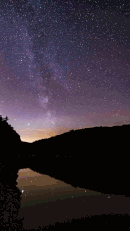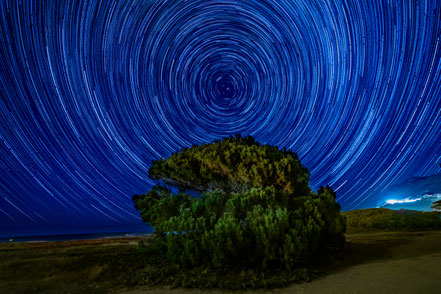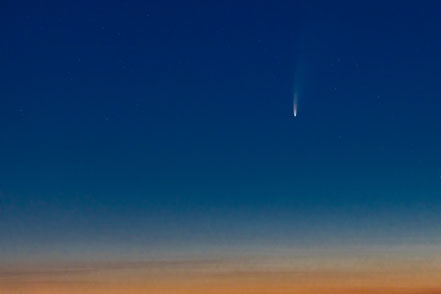Astrophotography and Nightscapes
.... a journey through the night sky
"I know nothing with any certainty, but the sight of the stars makes me dream." (Vincent Van Gogh)
The sky at night has always been a source of inspiration for artists and philosphers since the beginning of human mankind.
Cave paintings, zodiac signs in the pyramids, objects from the Bronze Age, Greek philosophers, the mythologies of the various religions, the sight of the starry sky fascinates and invites us to reflect and dream, just like the artist Van Gogh expressed in his quotation above.
The same is true for me. The view of the night sky, the moon, the planets and the stars has always fascinated me, especially away from the urban areas with less light pollution. But taking pictures was always more or less disappointing because the poor results (contrast noise, wrong exposure, out of focus). Astrophotography and the photography of landscapes by night is a new chapter in my photography.
But with the know-how nowadys available through the Internet in which the necessary techniques are presented and the photo editing software, which has specialized in this domain, you don't even need much more material than for normal landscape photography during daytime. What was previously reserved for astronomers in the observatories or the famous satellite-telescopes such as Hubble, is now available to every experienced amateur photographer with a little practice and patience.
When I speak about astrophotography, I really mean the photography of sky objects with the usual photo equipment (i.e. camera, normal lenses from 14-200 mm focal length, tripod....). It's really amazing what is possble with your normal equipment. I divided this part of my Internet site in to four different following chapters:
The Milky Way - our home galaxy

The Milky Way has become one of the most popular photographic objects for night sky photographers.
But the challenge is first of all to find a really dark place with a beautiful landscape in the fore-ground away from light pollution, to have at the same time a clear sky, during the short nights in the summer months (northern hemisphere), without bright moonlight (best new moon), and to handle technical stuff in absolute darkness. But to photograph our home galaxy with which we travel through the universe is a unique amazing experience.
The Magic of Star Trails
Your first idea about astrophotography, might be that you think it's a boring affair because it's about "dead" materia in the universe. But what is going on in the night sky is illustrated best by the Star trails photography, i.e. the long (or frequent) exposure of the stars to capture their virtual movements due to the rotation of the earth.
Timelapse photography turns the universe into a fascinating magic living space.
Normaly, we work hard to capture the night sky with sharp pinpointed stars. But star trail photography (which existed already in the days of analog photography) intends exactly the opposite.
to see timelapse-videos and photos of star trails click here
Deep Sky Objects
In this chapter I try to showcase photos of objects beyond our Solar System and our home galaxy the Milky Way taken with normal photographic equipment (some are taken with an astro tracker). Of cours, not everything is possible without a telecope but there are several galaxies, nebulae and star clusters like the Andromeda Galaxy, the Pleiades Cluster or the Orion Nebulae which are easy to find and to photograph with astonishing results. Even though they are not comparable with the pictures of the Hubble telescope.
Special Astronomical Events
The night sky with the sun, the moon, the planets and all the stars has always captivated us since the beginning of human mankind for religious, spititual, philosophical, literaric and artistic inspiration and finally the science. But sometimes, there are some rare astronomical events like solar and lunar eclipses, the blue moon, the bloodmoon, comets, meteor storms or showers and many more of amazing cosmic events which happen often only a few times in our lives. They are all very special and attract many people even without giving them a spiritual meaning.
click here of to see photographs of some of this astronomical highlights of the past 30 years
Starry Night – a short journey through the sky

This short video shows a compilation of time-lapse photography of the sunset, of the stars and star trails of the celestial north pole, photos of the Milky Way in the summer sky, of the comet Neowise and phase photos of a lunar eclipse with the blood moon.
This little video invites you to dream under the fantastic starry sky and to sensitize you to help to limit the light pollution that the stars can shine brightly everywhere again.



